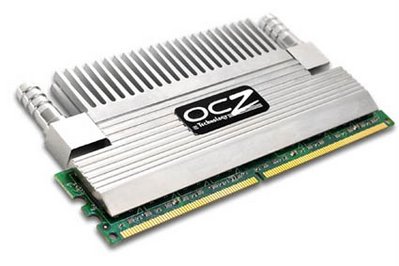
We knew it would be done sooner or later, and with the mod to use your Zune as a portable hard drive, DRM cracking finally here.
First, you need to enable hard drive mode using the instructions we posted before. Then, rename whatever files—MP3s, movies, programs—to have the extension ".jpg" in order to fool the Zune into thinking its an image. This hack works because Zune doesn't apply DRM to images!
Then what?
Now, take your Zune and send the folder containing these files to your buddy along with a real photo. If you only send a fake photo, an error is thrown. The last step is to have your friend sync the Zune with their computer, open the "containing folder" where the files were downloaded, and rename the files back to their correct extension.
We tried doing this before with just the Zune software, without the storage hack, and Zune threw an error because it resizes the images down in order to conserve space, and our file wasn't a real image. – Jason Chen








